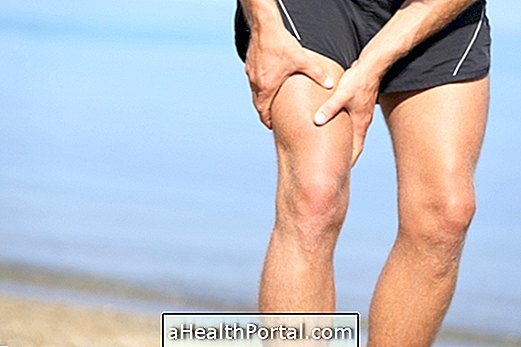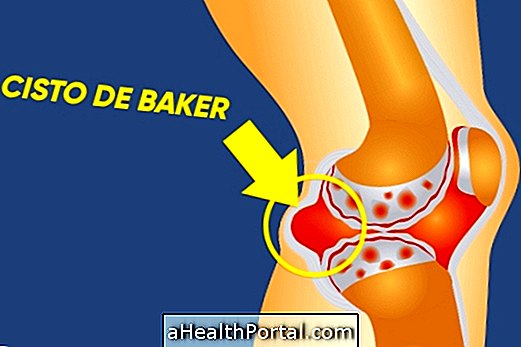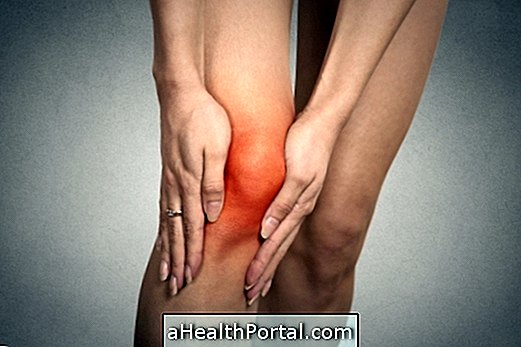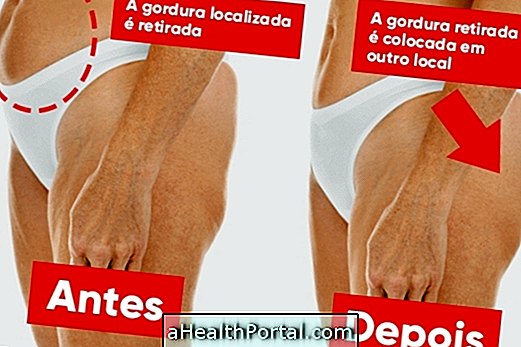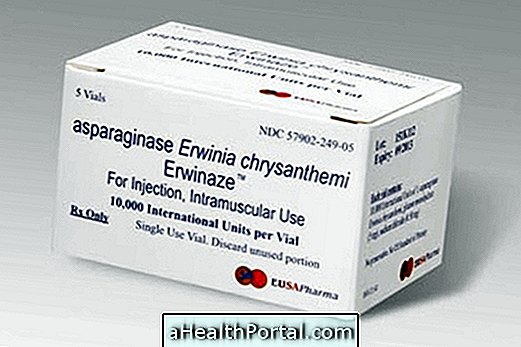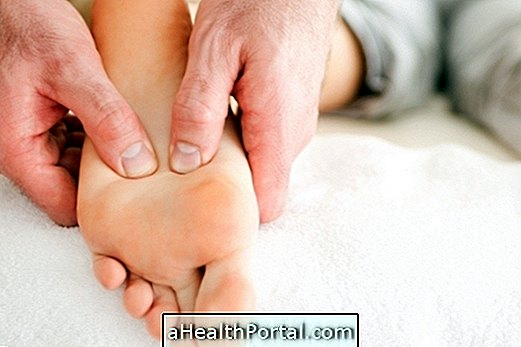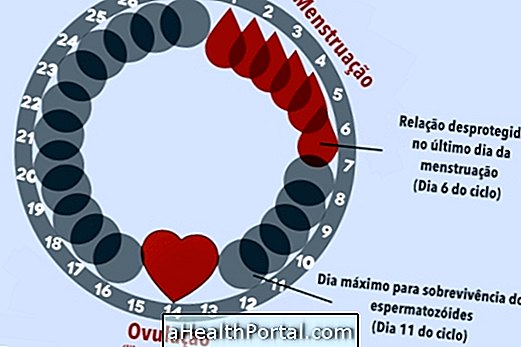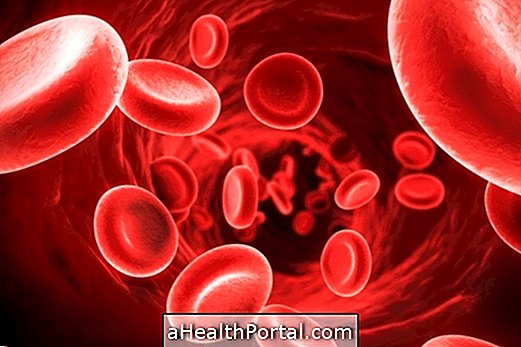Treatment is usually done by taking analgesics or anti-inflammatories to relieve pain, and also modulators of bone activity in cases where the disease is more active to strengthen the bones. In addition, it is important to do physiotherapy to control pain and inflammation, decrease the risk of deformities, and improve body posture. In more advanced cases it may be necessary to perform orthopedic surgeries.
Paget's disease is a metabolic bone disease of unknown origin that usually affects the pelvic region, the femur, the tibia, the vertebrae of the spine, the clavicle, and the humerus. It is characterized by the destruction of the bone tissue, which returns to form next but with deformities. The new bone that forms is structurally larger but weaker and with a lot of calcification.
It usually arises after 60 years of age, although from the 40 already there are documented cases. It is benign and the majority of patients do not have symptoms for a long time, and as occurs most often in advanced ages the symptoms are often confused with other diseases such as arthritis or arthrosis, imposed by age.
Physiotherapy for Paget's Disease

Physiotherapy should be personally oriented by a physiotherapist and should be individualized because each person should have their treatment appropriate to their needs. Some strategies that may be indicated are:
- Use of devices such as shortwave, infrared, ultrasound and voltage;
- Therapeutic massage;
- Muscle stretching in the most affected areas. Here are some examples of stretching to combat spinal pain.
- Muscle strengthening exercises;
- Mobilization of joints to improve lubrication and range of motion;
- Exercises that are active and resisted manually or with weights to strengthen muscles and joints;
- Postural reeducation exercises and techniques;
- Hydrotherapy sessions are also good choices because they do not harm the bones;
- improvement of fatigue, attention to pulmonary function
care for neurological patients
There may be treatments to prevent possible falls due to weakness in the legs and imbalance that may lead to fractures, and care should be taken to improve tiredness and improve breathing that may also be affected due to difficulty in expanding the chest.
Regular physical exercise is a great option for people who have Paget's disease however these should only be indicated by the physiotherapist. This professional may also indicate the use of crutches or walkers to facilitate walking, decreasing the risk of falls. See also other strategies to prevent falls in the elderly.
Preferably the sessions should be performed daily or at least 3 times a week to improve cardiovascular conditioning, promote independence and improve quality of life and although physical therapy is not able to cure Paget's disease it is very important to decrease complications the disease.
Remedies for Paget's Disease

The remedies must be indicated by the doctor and can be taken daily or at certain times of the year as needed. Some indications are bisphosphonates in the form of a tablet or injection such as alendronate, pamidronate, risedronate or zoledronic acid, or medicines such as calcitonin, in addition to calcium carbonate tablets associated with cholecalciferol.
Affected people are usually followed up every 3 months so the doctor can see if the medications are working or need to be changed and when the person is more stable the follow-up can be done every 6 months or every year and should be maintained throughout life because the disease has no cure and can cause severe deformities.
Feeding to strengthen bones
The nutritionist may indicate the consumption of foods rich in calcium and vitamin D to improve bone health, such as milk, cheeses, yogurt, fish, eggs and seafood. These foods should be consumed daily and skim milk products should be chosen to avoid excess fat in the food.
To increase vitamin D production in the body it is important to sunbathe for at least 20 minutes every day without using sunscreen as this vitamin is produced in the skin. In addition, practicing physical activity regularly helps increase the absorption of calcium in the intestine and its fixation in the bones, contributing to fight the disease.
Surgery for Paget's Disease
Normally, well-oriented physiotherapeutic treatment is able to bring numerous benefits to the person, delaying or avoiding surgery, however, it is necessary that the treatment be rigorously fulfilled.
Surgery may be an option when physical therapy is not enough to combat symptoms and deformities, when there is nerve compression or when the person needs to replace the joint and if there is severe degeneration that causes intense pain and blockage of the movements.
The orthopedist can replace the joint and after this procedure it is necessary to return to physical therapy to prevent complications and improve the range and strength of body movements, thus facilitating the person's daily life.
See the care needed before and after surgery.
